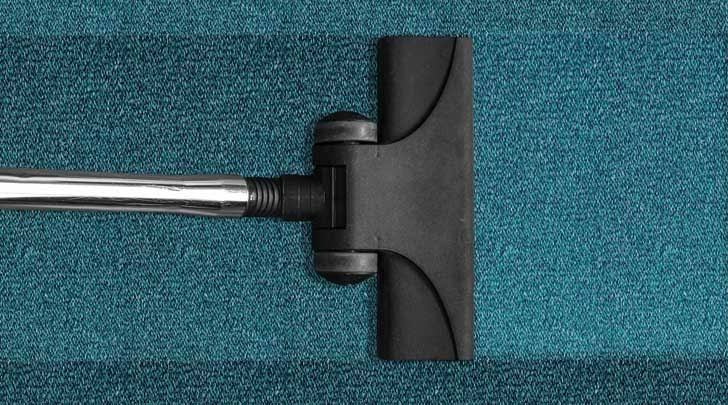Carpets in commercial spaces are subjected to a significant amount of foot traffic each day. Stains, dirt, and grime accumulate over time, making regular floor covering cleaning fundamental for keeping a perfect and inviting climate. However, the harsh chemicals used in traditional methods for cleaning carpets can be harmful to the environment and to human health, however, the eco-friendly approach to commercial carpet cleaning provides a sustainable and ethical option.
In this article, we will look at the advantages of using environmentally friendly methods, talk about methods for cleaning carpets that are good for the environment, talk about how important it is to keep your carpets clean on a regular basis, and ultimately advocate for embracing sustainability in commercial carpet cleaning.
Benefits of Using Environmentally Friendly Methods For Carpet Cleaning
The utilization of environmentally friendly techniques in commercial carpet cleaning brings a host of benefits. These techniques, first and foremost, depend on biodegradable and non-toxic cleaning agents that have a reduced impact on the environment. By avoiding harmful chemicalsBusinesses contribute to healthy ecosystems and cleaner water systems.
In addition, eco-friendly carpet cleaning techniques typically work better and use less water and energy. In the long run, this means that businesses will save money. Since no harmful fumes or residues are left behind, using green cleaning solutions can improve indoor air quality. Occupants, employees, and customers can breathe easier in a space that prioritizes their well-being.

Saving Money and the Environment: The Eco-Friendly Approach to Commercial Carpet Cleaning
Techniques for Eco-Friendly Carpet Cleaning
A few procedures are accessible for eco-friendly carpet cleaning, each intended to limit environmental impact while accomplishing viable outcomes. One such method is hot water extraction, which utilizes high temp water and non-toxic cleaning agents to release and eliminate dirt and stains from carpet fibers. This method works very well and uses very few chemicals.
Another environmentally friendly method is encapsulation which involves the commercial cleaners applying a polymer solution to encapsulate dirt and debris for easy removal.
Low-moisture cleaning techniques are also popular choices, as they utilize less water and decrease drying times. These methods clean the carpets completely as well as add to water protection and environmental sustainability.
Importance of Regular Maintenance and Upkeep
In addition to professional cleaning, regular maintenance, and upkeep assume an urgent part in drawing out the life and appearance of commercial carpets. Carrying out preventive measures, for example, utilizing entrance mats to trap dirt and debris can fundamentally diminish how much soil is brought into the office.
Additionally, regular vacuuming prevents dirt and other particles from deeply ingesting the carpet fibers. Instantly addressing spills and stains is fundamental to keep them from becoming permanent blemishes on the rug. Businesses can save money and conserve resources by performing proactive maintenance on their carpets, which also extends their carpets’ lifespan and reduces the need for frequent deep cleaning.
Conclusion
Taking everything into account, the eco-friendly way to deal with commercial carpet cleaning offers various benefits for organizations and the environment. By taking on environmentally friendly techniques, organizations can show their obligation to sustainability and contribute to a cleaner and healthier planet. Green cleaning solutions really eliminate dirt and messes as well as focus on the well-being of occupants by further developing indoor air quality.
